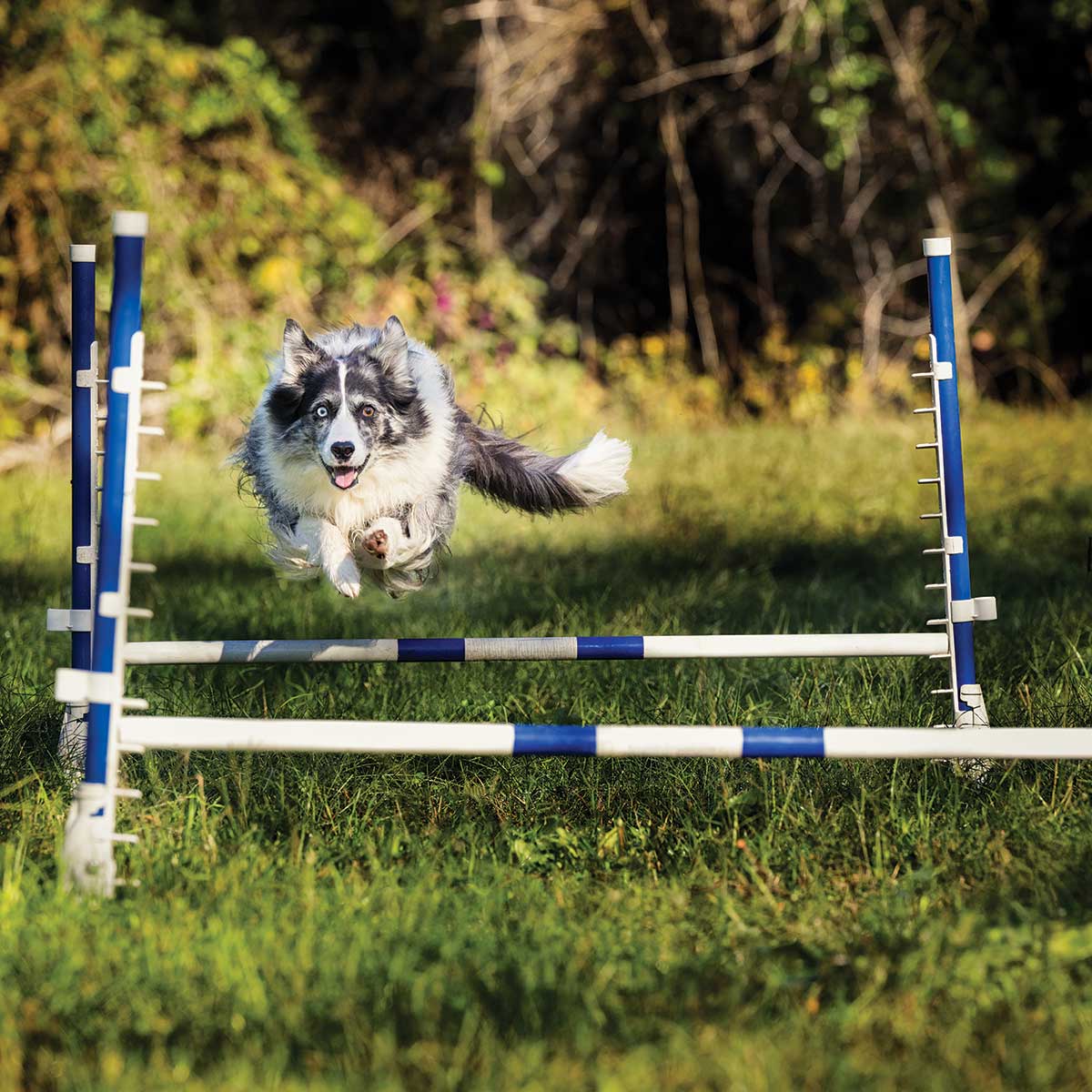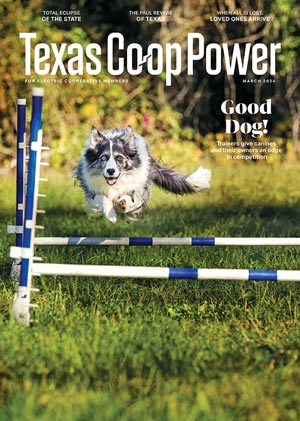Growing up in South Korea while her dad served in the U.S. military, Abby McMillin had two dreams. First, like Dorothy in The Wizard of Oz, she wanted to return home to Kansas.
When her family did finally move back to Kansas, McMillin started working on her other dream: becoming a veterinarian. In high school she started working at a veterinary clinic. There she met a dog that would change her life and her career path.
Taz was a large German shepherd. He was scared and aggressive. Nobody could get near the snarling animal. McMillin decided to try to reach him anyway.
She tossed kibble into his kennel, not even making eye contact with him. She also sometimes sat with her back to the outside of the kennel door. “I just wanted Taz to know that I was there,” McMillin says.
Gradually Taz calmed down and began to trust McMillin. He allowed her to pet him and put a leash on him. Later he accepted affection from other people. Eventually he was adopted by a woman who gave him the loving home he deserved.
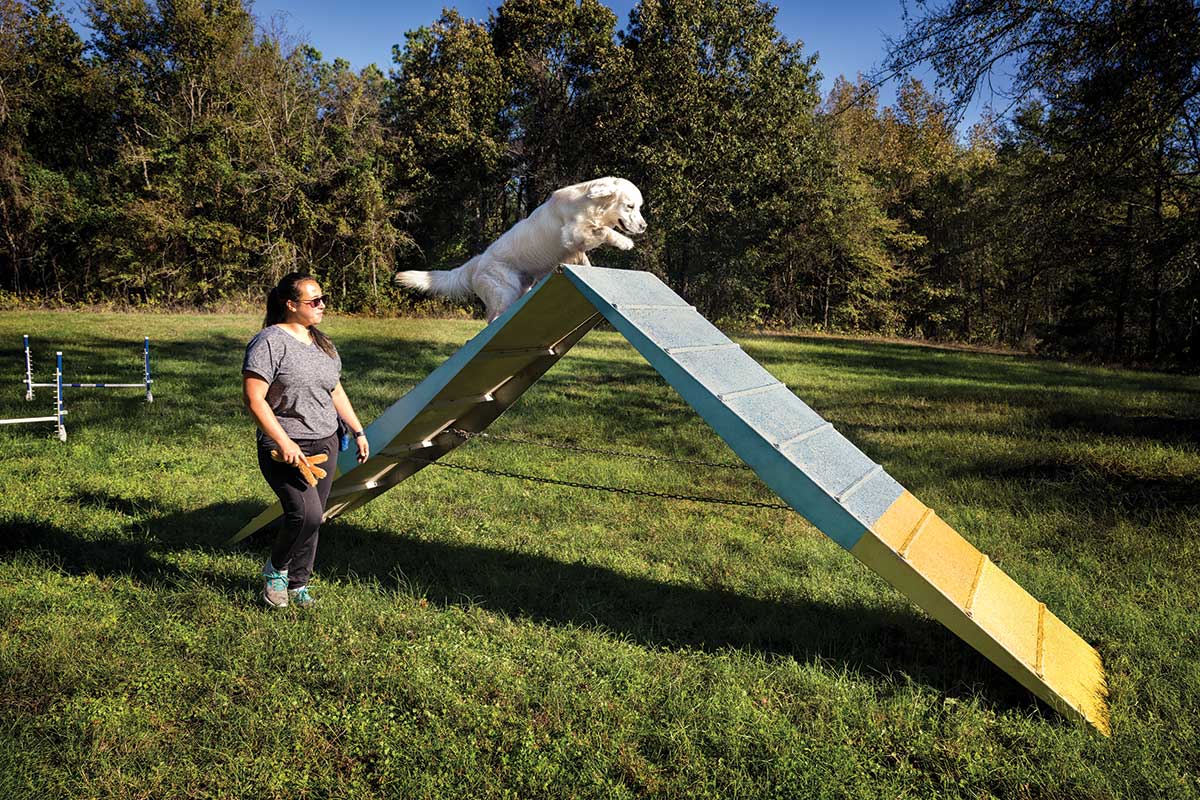
Abby McMillin guides Apollo, her golden retriever, over an agility training ramp.
Tom Hussey
The clinic’s veterinarians were amazed at McMillin’s success with Taz. They sent her to work with a professional trainer to learn more about dog behavior.
“He became my mentor,” McMillin says. She realized that communicating with dogs and other animals, trying to figure out what they needed and why they behaved in certain ways, interested her much more than animal health.
Today McMillin is the owner of Triple H Dog Training, where she teaches classes of humans and canines how to work together at her facility in Mineola, northwest of Tyler.
In short, she coaches dog athletes.
Every year, the American Kennel Club and other organizations host thousands of dog sporting events across the U.S. that draw more than 1 million competitors.
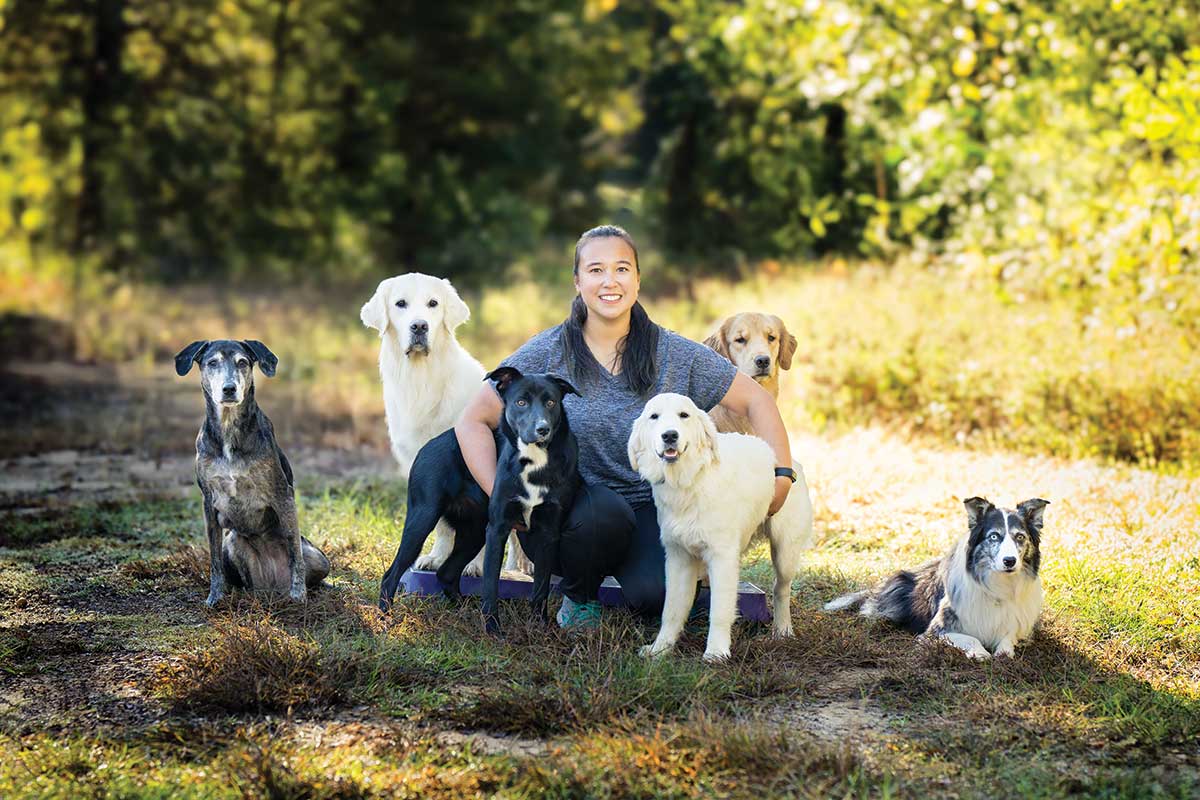
McMillin with six of her dogs.
Tom Hussey
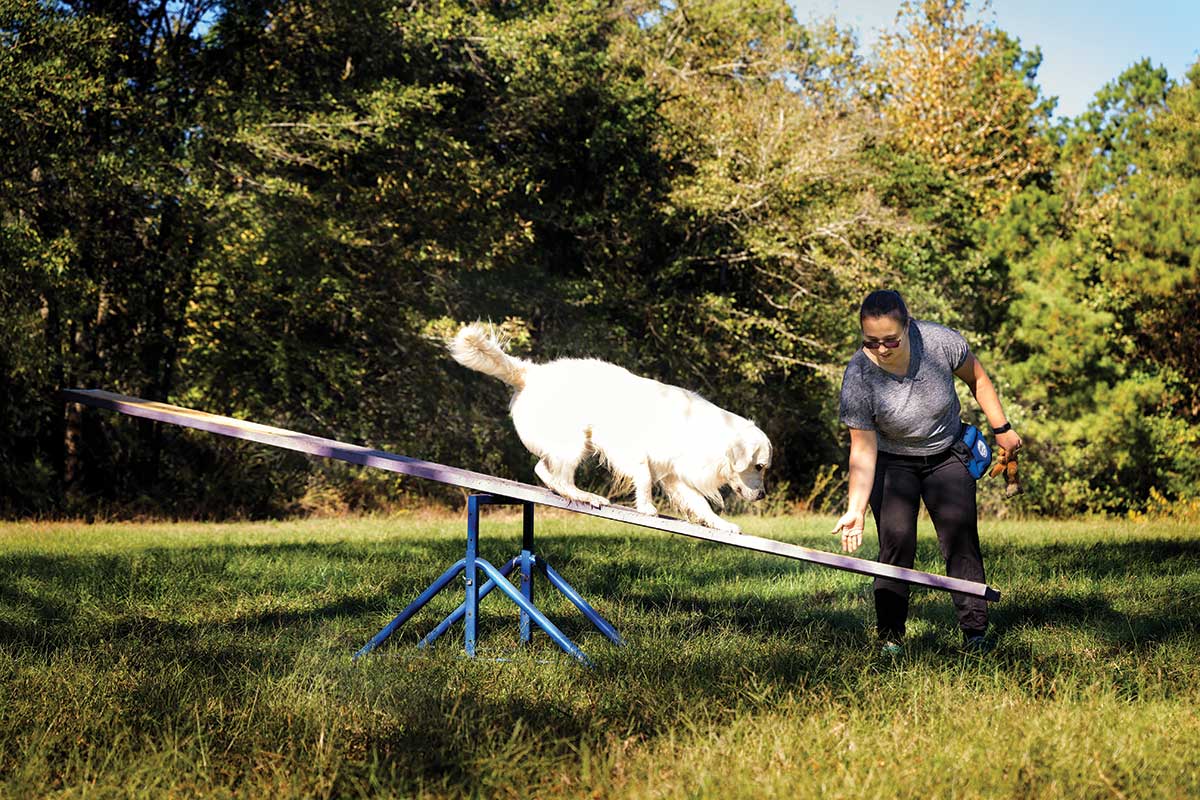
McMillin’s dogs learn balance and control on a seesaw at her training facility.
Tom Hussey
But 35 years ago, in 1988, when the United States Dog Agility Association organized the first major sporting competition for dogs—the Grand Prix of Dog Agility World Championships—just 79 competitors from across the U.S. came to Houston for the three-day event. Today, more than 100 events nationwide qualify dogs and their humans—representing more than 20 countries—for regional championships and, ultimately, the world finals.
The sports encompass a range of competitions for dogs, including agility and herding, racing and jumping, obedience, and tracking and hunting trials. The growth of dog sports has become big business as trainers like McMillin build careers out of teaching people how to compete alongside their pets.
McMillin, a Wood County Electric Cooperative member, lives in Mineola with her husband, Nick; their 2-year-old son, Levi; and seven dogs. One dog, a Great Pyrenees mix, prefers couch lounging to dog sports. The other six, including three golden retrievers, compete. Border collies, Australian shepherds and Shetland sheepdogs are among the most popular breeds to produce athletes, but there’s something out there for just about every dog.
If one canine sport isn’t suitable for a dog and its owner, McMillin urges the owner to try something else. Many dogs enjoy agility training, but their owners may realize they aren’t fit enough for this fast-paced sport. Rally, which involves only walking, may be a better choice.
Besides, it’s “more about relationship building, so the dog owner and dog develop a lifetime friendship,” McMillin says. “I want people to enjoy their dogs.”
For training at home, McMillin advises dog owners to “keep it short. Keep it fun. Keep it simple. Don’t do 30 minutes once a week. Do five minutes every day. For the first week or so, the owner has to get in the habit of training, too. Remember dogs don’t work for nothing. They’re motivated by treats or toys.”
McMillin uses a hand-held clicker to reinforce behaviors. With this method, she has also trained horses and cats, even an otter. Training allows the dog and owner to become a team and have a closer relationship. “It’s not about the ribbons,” she says. “It’s about going home with the best dog ever.”
Another trainer, Debi Krakar, started the Dog Alliance in Cedar Park, outside Austin, in 2006. There she trains therapy dogs and offers classes in various dog sport disciplines.
Krakar, a member of Pedernales Electric Cooperative, says that the raft of dog sports offers an excellent outlet for pups. “When they’ve been mentally stimulated and exercised, they won’t eat your shoes,” she says. “Dog sports build a bond between human and dog. They understand each other better.” Krakar got into dog training after taking her own dog to schools for children to read to. “Teachers kept calling me,” she says. “The demand for these therapy dogs is constant.”
For owners who aren’t sure which dog sport might be best for them and their pups, she offers a dog sports foundation class that covers the basics. Because when it comes to man’s best friend, it’s really about building relationships.
“Have fun and be positive with your dog,” Krakar says. “In the long run you’ll have a much stronger bond with your dog.”
